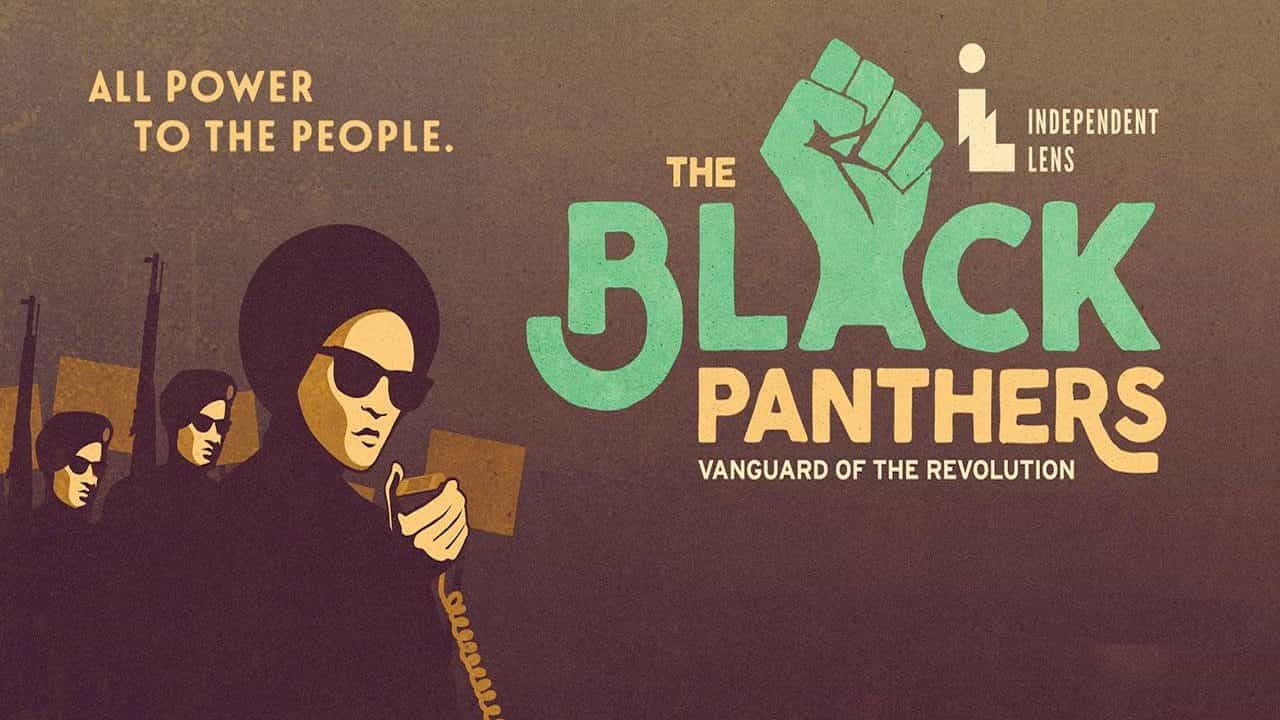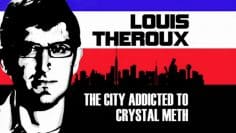The Black Panthers: Vanguard of the Revolution
The Black Panthers: Vanguard of the Revolution covers the rise and fall of the Black Panther Party, one of the most influential and controversial organizations in American history. Directed by Stanley Nelson, it chronicles the formation, evolution, and ultimate demise of the Black Panther Party from its inception in 1966 to its dissolution in the early 1980s.
The film begins by setting the stage for the Black Panthers’ emergence, detailing the social and political climate of the 1960s, including widespread racial discrimination, police brutality, and economic inequality. It then introduces the party’s founders, Huey P. Newton and Bobby Seale, who established the organization in Oakland, California, with the initial goal of protecting African American neighborhoods from police violence.
As the documentary progresses, it highlights the rapid growth of the Black Panther Party and its expansion beyond Oakland to major cities across the United States. It showcases the party’s Ten Point Program, which outlined their demands for freedom, full employment, decent housing, education, and an end to police brutality. It also emphasizes the Panthers’ community service initiatives, such as the Free Breakfast for Children Program, health clinics, and educational programs, which garnered significant support from the black community.
The film addresses the more controversial aspects of the Black Panther Party, including their advocacy for armed self-defense and their Marxist-Leninist ideology. It presents the party’s complex relationships with other civil rights organizations, white supporters, and international revolutionary movements.
The documentary focuses on the government’s response to the organization, particularly the FBI’s COINTELPRO program. It details the various tactics employed by law enforcement agencies to infiltrate, disrupt, and ultimately dismantle the Black Panther Party, including surveillance, arrests, and violent confrontations.
The film also explores the internal conflicts and power struggles within the party, including ideological differences, gender dynamics, and leadership disputes. It presents a nuanced portrayal of key figures such as Eldridge Cleaver, Fred Hampton, and Angela Davis, highlighting their contributions to the movement as well as the challenges they faced.
Through a combination of archival footage, photographs, and interviews with former Black Panther members, police officers, FBI informants, journalists, and scholars, the documentary provides a multifaceted perspective on the organization’s history. It captures the energy and idealism of the movement’s early days, as well as the disillusionment and fragmentation that led to its eventual decline.










